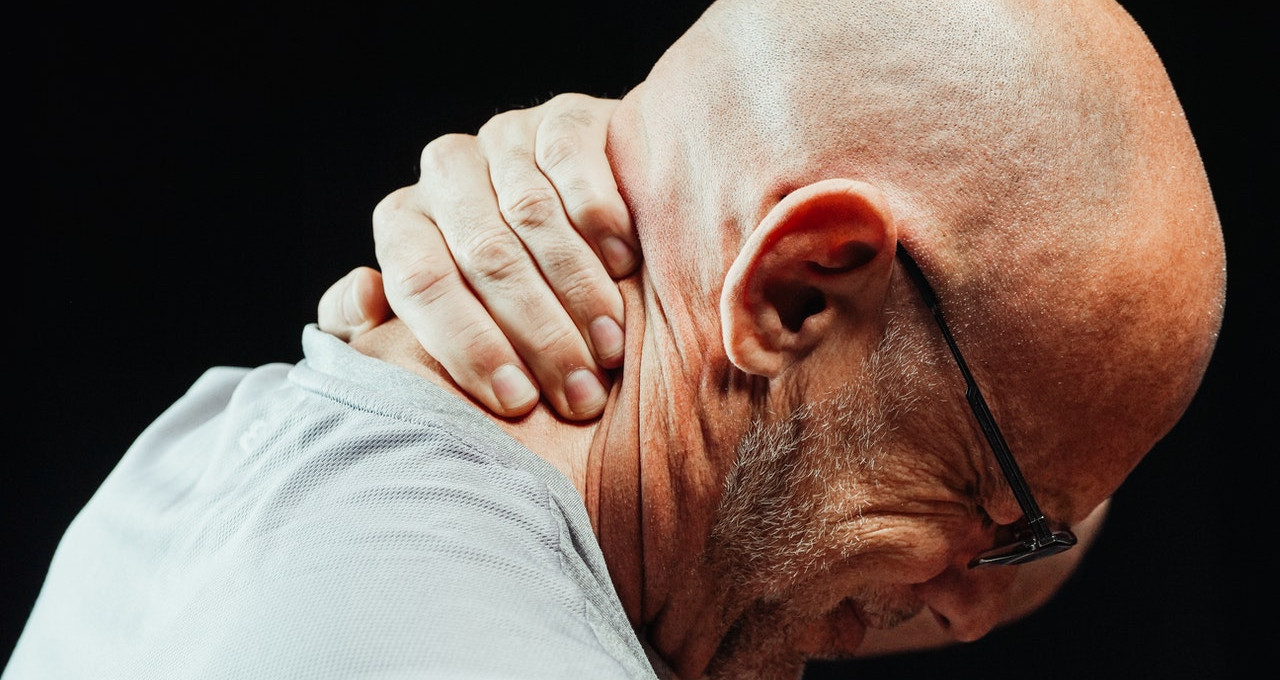Lesser Known Reasons for Physical Therapy
Physical therapy is a vital healthcare profession dedicated to enhancing and restoring functional ability and quality of life to those with physical impairments or disabilities. Often, the benefits of physical therapy are associated with high-profile conditions like sports injuries or post-surgical rehabilitation. However, the scope of physical therapy extends far beyond these well-known areas. Physical therapy plays a crucial role in managing a wide array of lesser-known conditions that significantly impact daily living. By addressing chronic pain, vestibular disorders, respiratory issues, and even sleep disorders, physical therapists help individuals improve their overall health and well-being.
In the United States, the demand for physical therapy services is substantial. As of 2023, there are approximately 575,000 physical therapists in the U.S. Physical therapists (PTs) are often associated with treating sports injuries or aiding post-surgical recovery, but there are many lesser-known reasons someone might need to see a physical therapist. Here are a few:
Reasons to for Physical Therapy
Chronic Pain Management: Beyond common conditions like back pain, PTs can help with chronic pain conditions such as fibromyalgia and complex regional pain syndrome by developing personalized exercise programs and pain management strategies.
Headaches and Migraines: PTs can address musculoskeletal issues in the neck and upper back that contribute to chronic headaches and migraines through manual therapy, posture education, and exercises. A systematic review indicated that interventions like massage therapy, physiotherapy, relaxation training, and chiropractic spinal manipulative therapy could be as effective as medications such as propranolol and topiramate for migraine prevention.
Vestibular Disorders: Conditions like vertigo and dizziness can be managed with vestibular rehabilitation therapy, which involves specific exercises designed to improve balance and reduce dizziness.
Jaw Pain (TMJ Disorders): Temporomandibular joint (TMJ) disorders can cause jaw pain, headaches, and difficulty eating. PTs can use manual therapy and exercises to alleviate these symptoms.
Pelvic Floor Dysfunction: Both men and women can experience pelvic floor issues, which may lead to incontinence, pelvic pain, or sexual dysfunction. Pelvic floor physical therapy can help strengthen these muscles and improve function.
Respiratory Issues: PTs can assist individuals with conditions like chronic obstructive pulmonary disease (COPD) or cystic fibrosis by providing breathing exercises and techniques to improve lung function and overall endurance.
Neurological Conditions: For conditions such as multiple sclerosis, Parkinson’s disease, or after a stroke, physical therapy can help maintain mobility, improve balance, and enhance overall physical function.
Cancer Rehabilitation: Cancer and its treatments can lead to significant physical impairments. PTs can help with fatigue, pain, weakness, and lymphedema management.
Lymphedema Management: Swelling often occurs after lymph node removal or damage. PTs trained in lymphedema management can provide manual lymphatic drainage and teach compression techniques.
Pediatric Development Issues: Children with developmental delays, cerebral palsy, or other congenital conditions can benefit from physical therapy to improve motor skills, strength, and coordination.
Work-Related Injuries: PTs can help with ergonomics and body mechanics to prevent and treat injuries caused by repetitive strain or poor workplace setup.
Women’s Health Issues: Conditions like prenatal and postnatal pain, osteoporosis, and recovery after mastectomy can be managed with the help of a physical therapist.
Sleep Disorders: Surprisingly, physical therapy can aid in managing conditions that affect sleep, such as sleep apnea, by improving posture and reducing neck tension.

Burn Recovery: Physical therapy can aid in the recovery process for burn victims by improving range of motion, strength, and function of affected areas.
These examples highlight the broad scope of physical therapy beyond the common perception, showcasing how PTs can play a vital role in managing a wide array of health conditions.
Evertt, Washington Physical Therapy Center
At our physical therapy, chiropractic and massage center, we are dedicated to helping you overcome any issues you may be facing. Whether you are dealing with common conditions like sports injuries and post-surgical recovery or lesser-known challenges such as TMJ disorders, migraines, chronic pain, or vestibular issues, our team of skilled physical therapists is here to provide personalized, effective care. We employ a range of therapeutic techniques tailored to meet your specific needs, ensuring that you receive the best possible outcomes. Don’t let physical discomfort hold you back—contact us today to start your journey toward better health and well-being. Book an appointment today.
Sources:
Ibisworld.com
physio-pedia.com
saatva.com
healthpartners.com
cancer.wvumedicine.org
ncbi.nlm.nih.gov
openai.com






